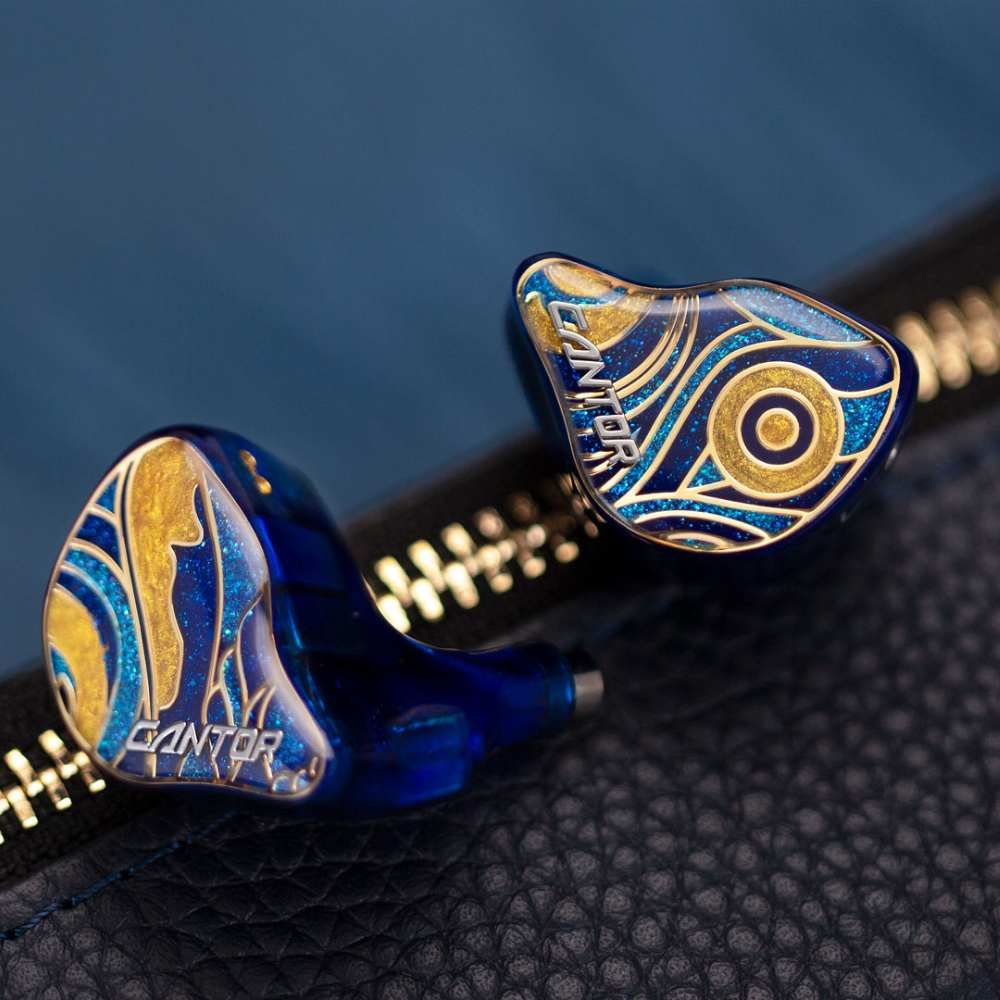Cantorvs.Daybreak
Sound & Specs Comparison
Information
Both IEMs are widely regarded in the audiophile community. See how they differ in terms of sub-bass response, upper mids, clarity, and overall tonality. Spider charts and rating breakdowns included.
Objective Comparison
Facts, details, stuff.
| General Info | Cantor | Daybreak |
|---|---|---|
| Brand | AFUL | CrinEar |
| Country | Taiwan | – |
| IEM Description | The AFUL Cantor combines technical precision with musicality in a hybrid design. Featuring a dynamic driver for powerful bass and multiple balanced armatures for clean mids and sparkly highs, it delivers a spacious soundstage with excellent separation. Tuning leans slightly toward a balanced-bright signature, making it a solid choice for detail lovers who still want some low-end punch. | – |
| Price Level | 500 – 1.000 | 100 – 500 |
| Housing & Driver | ||
|---|---|---|
| Driver Config | Multi-BA | – |
| Driver Types | Balanced Armature | – |
| Shell Material | – | Fully Filled Resin, Aluminium Nozzle |
| Cable | 4Braid 5N OFC Cable | – |
| Technical | ||
|---|---|---|
| Freq Range | – | – |
| Impedance (Ω) | 20 | – |
| Sensitivity (dB) | 106 | – |
| Crossover | RLC Network Electronic Crossover | – |
| Platform Info | ||
|---|---|---|
| Comments | 2 | 0 |
| Visit Count | 134 | 135 |
| External Reviews | 1 | 0 |
Meta Ratings
// Nothing to compare yet.
Sound Characteristics
Cantor delivers a deeper and more extended sub-bass, reaching lower frequencies with greater authority than Daybreak (8.5 vs 5.5). It offers a stronger and more impactful bass response, adding weight and presence where Daybreak feels less assertive (9 vs 6). The bass in It feels s more physical and textured, with improved rumble and body compared to Daybreak (8.5 vs 6). The lower midrange on It blends n more smoothly into the bass region, avoiding the disconnect found in Daybreak (8.5 vs 6). It strikes a a better balance between presence and smoothness in the upper mids compared to Daybreak (8 vs 6.5). The treble on It is a more nuanced and refined, especially when it comes to cymbals and ambient elements (8 vs 6.5). The upper treble of It extends a further, offering more sparkle and openness than Daybreak (7.5 vs 7). It creates a s wider soundstage, giving instruments more space and a better sense of placement than Daybreak (8 vs 6). The retrieval of faint audio cues on It is s more convincing, while Daybreak tends to gloss over them (8.8 vs 6). It separates instruments a more distinctly, helping complex passages remain coherent where Daybreak blends them (8.3 vs 6.5). Instruments remain intelligible on It even during busy sections, showing a better handling of masking than Daybreak (8 vs 6.5). Notes on It feel m more grounded and weighty, whereas Daybreak can sound thin or hollow (7.5 vs 6). It hits with a more authority during transients, creating a more explosive effect than Daybreak (8.5 vs 5.5). It controls harsh sibilant peaks m more effectively, making vocals smoother than on Daybreak (8.5 vs 6). Timbre on It sounds a more realistic and natural, whereas Daybreak feels slightly more artificial or colored (7.5 vs 5). Tonality on It is a more coherent and refined, yielding a more pleasing overall signature than Daybreak (8.8 vs 5.5). Subtle ridges and granularity are conveyed m more clearly on It, adding life that Daybreak doesn’t quite match (8 vs 5).
| Cantor | Daybreak | |
|---|---|---|
| Sub Bass | 8.5 | 5.5 |
| Bass | 9.0 | 6.0 |
| Bass Feel | 8.5 | 6.0 |
| Lower Mids | 8.5 | 6.0 |
| Upper Mids | 8.0 | 6.5 |
| Lower Treble | 8.0 | 6.5 |
| Upper Treble | 7.5 | 7.0 |
| Sound Stage Width | 8.0 | 6.0 |
| Detail | 8.8 | 6.0 |
| Layering | 8.3 | 6.5 |
| Masking | 8.0 | 6.5 |
| Note Weight | 7.5 | 6.0 |
| Slam | 8.5 | 5.5 |
| Sibilance | 8.5 | 6.0 |
| Timbre Color | 7.5 | 5.0 |
| Tonality | 8.8 | 5.5 |
| Texture | 8.0 | 5.0 |
Tonal Signature
// Nothing to compare yet.

